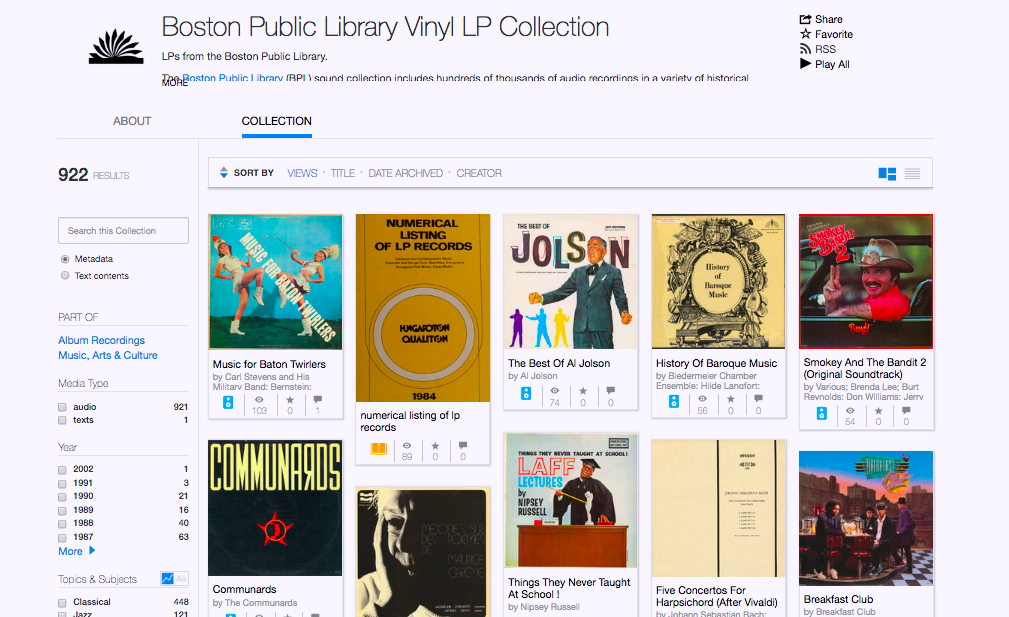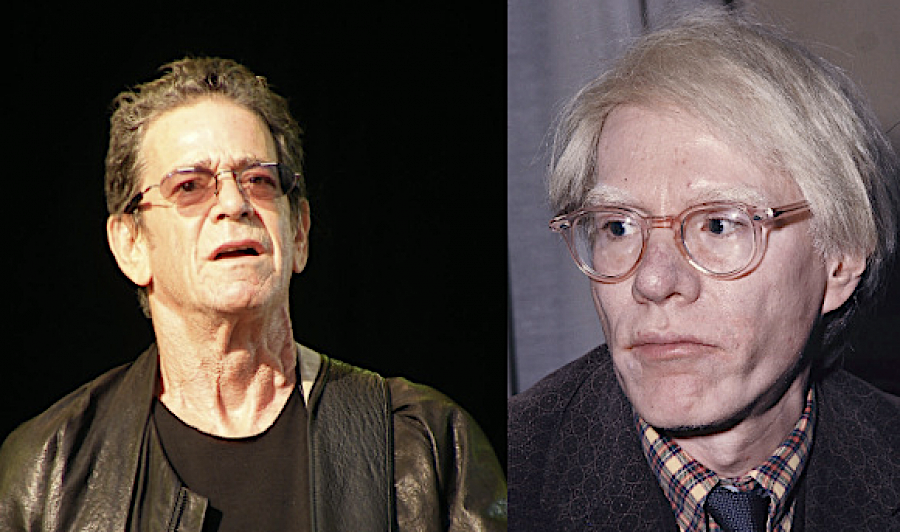For decades we’ve been hearing promises about how communication technology will one day eliminate distance itself, making everyone around the globe feel as if they might as well be in the same room. Such a future would have its downside as well as its upside, but even now, approaching the third decade of the 21st century, it hasn’t quite arrived yet. Nevertheless, we’ve already grown so used to the idea of real-time global collaboration that it takes an extraordinarily ambitious project to let us step back and appreciate the technological reality that makes it possible. Take, for example, conductor Eric Whitacre’s Virtual Choir, whose performance of Whitacre’s own piece “Lux Arumque” appears above.
“Virtual,” here, is a bit of a misnomer, encouraging as it does Gibsonian visions of the 100-percent digital voices of synthetic singers resonating purely in cyberspace. And while Whitacre’s project wouldn’t have been possible without streaming digital audio and video technology — as well as the infrastructure of what we may as well still call cyberspace — it begins with the real voices of 100-percent analog humans.
185 such humans, to be precise, based in twelve countries, and all of them visible on their separate screens as Whitacre plays the role of conductor on his own. The much larger-scale performance of “Water Night,” a piece composed for the poetry of Octavio Paz, brings together 3,746 videos from 73 countries, necessitating a credits sequence longer than the piece itself.
The Virtual Choir grew, as many such immense works do, from a small seed: “It all started with this one young girl who sent me this video of herself singing one of my choral pieces,” says Whitacre in this video on the preparation for the Virtual Choir’s “Sleep” video. “I was struck so hard by the beauty, the intimacy of it, the sweetness of it, and I thought, ‘Boy, it would be amazing if we could get 100 people to do this and cut it all together.” The experience of assembling this virtual choir, or even hearing it, shows that “singing together and making music together is a fundamental human experience,” and on a scale hardly imaginable a generation or two ago. But on the most basic level, even this new way of making music is merely an expansion of the oldest way of making music: with one human voice, then another, and another.
via Swiss Miss
Related Content:
30 Fans Joyously Sing the Entirety of Bob Marley’s Legend Album in Unison
25 John Lennon Fans Sing His Album Working Class Hero Word for Word, and Note for Note
Patti Smith Sings “People Have the Power” with a Choir of 250 Fellow Singers
Watch David Byrne Lead a Massive Choir in Singing David Bowie’s “Heroes”
Watch Choirs Around the World Simulate the Rainstorm in Toto’s “Africa” Using Only Their Hands
Based in Seoul, Colin Marshall writes and broadcasts on cities, language, and culture. His projects include the book The Stateless City: a Walk through 21st-Century Los Angeles and the video series The City in Cinema. Follow him on Twitter at @colinmarshall or Facebook.




